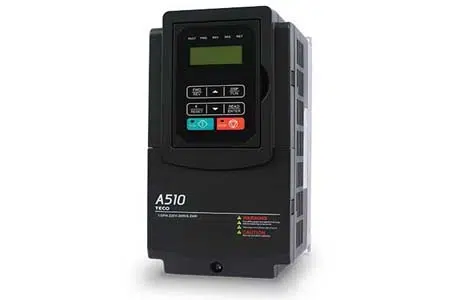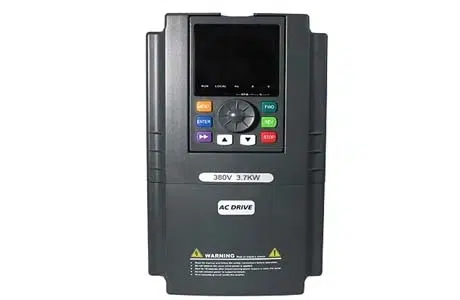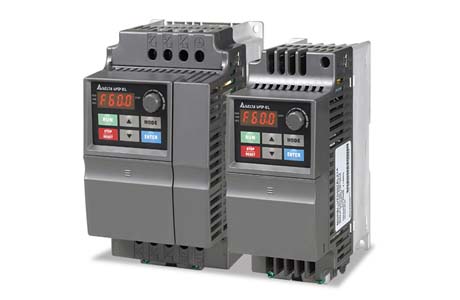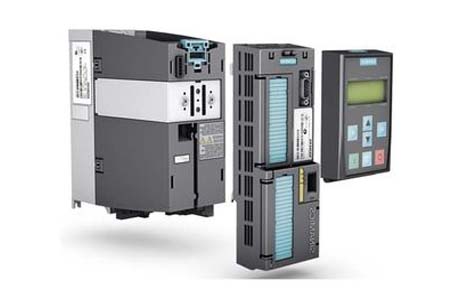What are the Characteristics of VFD Drive
We go through into the universe of Variable Frequency Drives. Here, a world of energy optimization and system control reveals itself. These devices boast intricate characteristics. They guide their function. This makes them apt for various uses.
From running simple fans to powering complex machinery. This guide probes deep into VFDs. It explores their load types. It discusses unique features. It also focuses on their power source characteristics. Join our journey. We’re exploring the thrilling realm of VFDs. Their impact is growing in our tech-filled world.
Understanding the Basics of VFDs
What is an adjustable speed drive?
An adjustable speed drive, also known as a variable speed drive or VSD. It is a device that allows for precise control and adjustment of motor speed.
How VFDs Work?
You might be thinking, how does a VFD work? It operates by adjusting the motor input frequency and voltage, which controls the speed and torque of the motor. It’s like a car accelerator but for electric motors!
Characteristics of VFDs
Overview of VFD Characteristics
Control of Motor Speed: VFDs can precisely regulate the speed of motors. This functionality is crucial for applications needing speed variation, like conveyor systems.
Energy Efficiency: By allowing for speed control, VFDs optimize power usage. They not only lead to energy savings, especially in pump and fan applications, but also enhance power system efficiency through power factor improvement.
Power factor, represented as PF, signifies how effectively electrical power is being used. It is the ratio of working power (kW) to apparent power (kVA). A lower percentage of power factor implies less efficient power usage. However, VFDs can help improve this figure, reducing energy loss and increasing the reliability and longevity of electrical equipment.
Versatility: VFDs can handle different types of loads – both variable and constant. This characteristic makes them suitable for a wide range of applications.
Power Source Flexibility: VFDs can operate with a variety of power sources. It gives them the flexibility to be used in different operational setups.
Communications: Modern VFDs can integrate with communication networks, allowing for remote monitoring and control.
Load Type for Variable Frequency Drives
VFDs are designed to manage diverse load types, both variable and constant. Their ability to handle different load types for variable frequency drives makes them versatile. That’s why you’ll often find VFDs used in motor control across a wide range of applications.
Constant Torque Loads: These loads require a constant amount of torque throughout the speed range. Applications include conveyors, positive displacement pumps, and compressors. VFDs effectively control the speed of such applications.
Variable Torque Loads: These loads change according to the square of the speed. They are common in centrifugal pumps and fans. VFDs are highly efficient in managing these applications, leading to significant energy savings.
High Inertia Loads: These loads require a high amount of torque to change speed, like a large fan. VFDs can control these loads effectively, but they need to be correctly sized.
What is the Feature of VFD
VFDs are known for their features. They offer energy savings, speed control, and improved protection for your motors. In fact, they’re crucial for tasks like variable frequency drive pump work.
Advanced Features and Capabilities
Safety Functions: Many VFDs now incorporate safety functions directly, such as safe torque off (STO). It eliminates the need for separate safety components, reducing system complexity and cost.
Regenerative Capabilities: Some VFDs can regenerate energy back to the power supply when the load is overhauling. This feature can lead to significant energy savings in specific applications.
High Overload Capacity: Advanced VFDs can handle high overload conditions, making them suitable for demanding applications.
VFD Characteristics on Applications
Understanding and matching VFD characteristics with application requirements is crucial for optimal performance. For instance, knowing how a solar VFD drive works can help harness renewable energy efficiently for motor operations. Matched VFDs ensure smooth applications and enhance system lifespan and productivity.
Conclusion
Understanding VFD characteristics is vital for optimizing system control and efficiency. These VFD characteristics dictate how AC drives handle different load types for variable frequency drives, showcasing their versatility and adaptability across various industrial applications.
Exploring the Characteristics of VFD ensures alignment with application requirements and unlocks their full potential. However, the journey doesn’t end here. Technology propels VFD evolution, promising future innovations in motor control.






